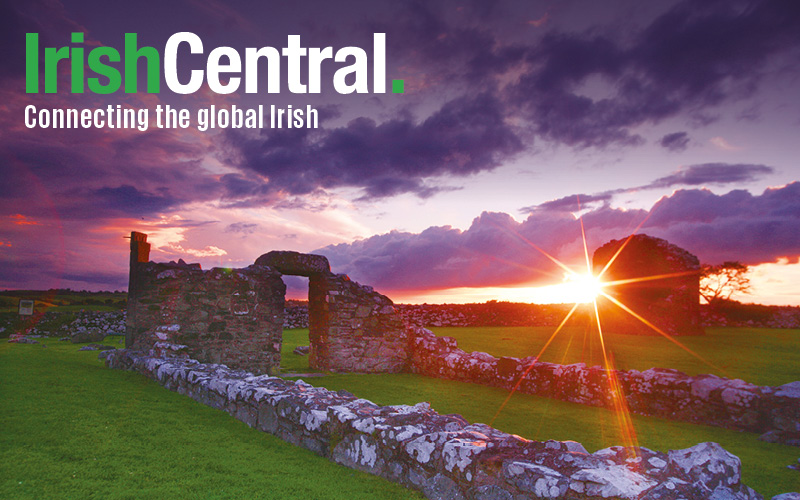Five Irish museums - the GAA Museum, South Tipperary County Museum, Limerick City Gallery of Art, Cavan County Museum and County Museum, Dundalk - have been awarded interim accreditation by the Heritage Council under the Museum Standards Programme for Ireland at a ceremony in Dublin Castle.
Speaking about the Programme, Michael Starrett, Heritage Council Chief Executive said, “This is an important initiative, which sets out to improve all aspects of Ireland’s museum practice and in particular raise the standards of care for collections across Irish museums and galleries. The value of the museum sector to the Irish economy cannot be underestimated. In 2009, over three million overseas visitors engaged in cultural/historical visits while in Ireland. Of these visitors, 1.7 million overseas visitors visited museums/art galleries across Ireland.
“Accreditation under this Programme offers quality assurance to visitors that the museums they are visiting are adhering to a high set of standards in the management of the museum, care of collections and visitor services. In tough economic times, where visitor numbers are crucial to the viability of many attractions, the value to the museum and local area of this Programme cannot be underestimated”, added Mr. Starrett.
The Museum Standards Programme for Ireland (MSPI) aims to benchmark and raise professional minimum standards in the museum sector. Within the Programme, there are seven categories consisting of 34 standards, 25 of which are interim standards and nine are full. A voluntary programme, it has attracted involvement from across the cultural spectrum — from national institutions to small, volunteer-led organisations.
An application for interim accreditation takes three years to complete, while full accreditation takes five years. There are a total of 47 museums currently participating in the Programme, with seven museums fully accredited and seven museums now at interim accreditation.
“The Council is delighted to award interim accreditation to these five museums today. Each of these museums has been working towards this award since 2007. This achievement reflects their hard work and continued dedication to the Programme,” commented Mr. Starrett.
The GAA Museum has achieved Interim Accreditation through the combination of professionalism, determination, thoroughness and skill of its staff and the commitment and support of the GAA and the GAA Museum Board. Prompted by participation in the Museum Standards Programme, the museum has made significant governance and structural changes in addition to outstanding improvements in care of collections.
South Tipperary County Museum is a vibrant institution playing an important role in the cultural life of South Tipperary. The museum won the 2009 Museums of the Year award for the Best Education and Outreach Category. As part of the Programme the museum has been commended for the introduction of its Strategic Management Plan and the high standard of care for its collections.
The Limerick City Gallery of Art has achieved interim accreditation while facing significant short-term challenges including the loss of its Director and the commencement of its new Phase II extension. Despite these additional work loads, the Gallery maintained its extensive educational activities and its temporary exhibition programme. It achieved great improvements in collections care and also begun a re-interpretation of the permanent collections.
Cavan County Museum has made major strides over the two years since their initial assessment despite working with reduced staffing contingency and limited resources. The museum is based in a former convent building on a spacious site on the outskirts of Ballyjamesduff. The museum’s success is based on strengths such as education, partnership and engagement and an excellent and diverse collection which provides a view of the character, history and society of its area.
County Museum, Dundalk is located in the centre of Dundalk in a refurbished industrial historic building. The museums’ collection is of high standard and covers a range of areas enhanced by loans from the National Museum of Ireland. The museum was commended for the quality of its cataloguing and the organization of its stores. Whilst not visible to visitors or casual observers, these elements give the rest of the museum’s operations an excellent base from which to work.




Comments